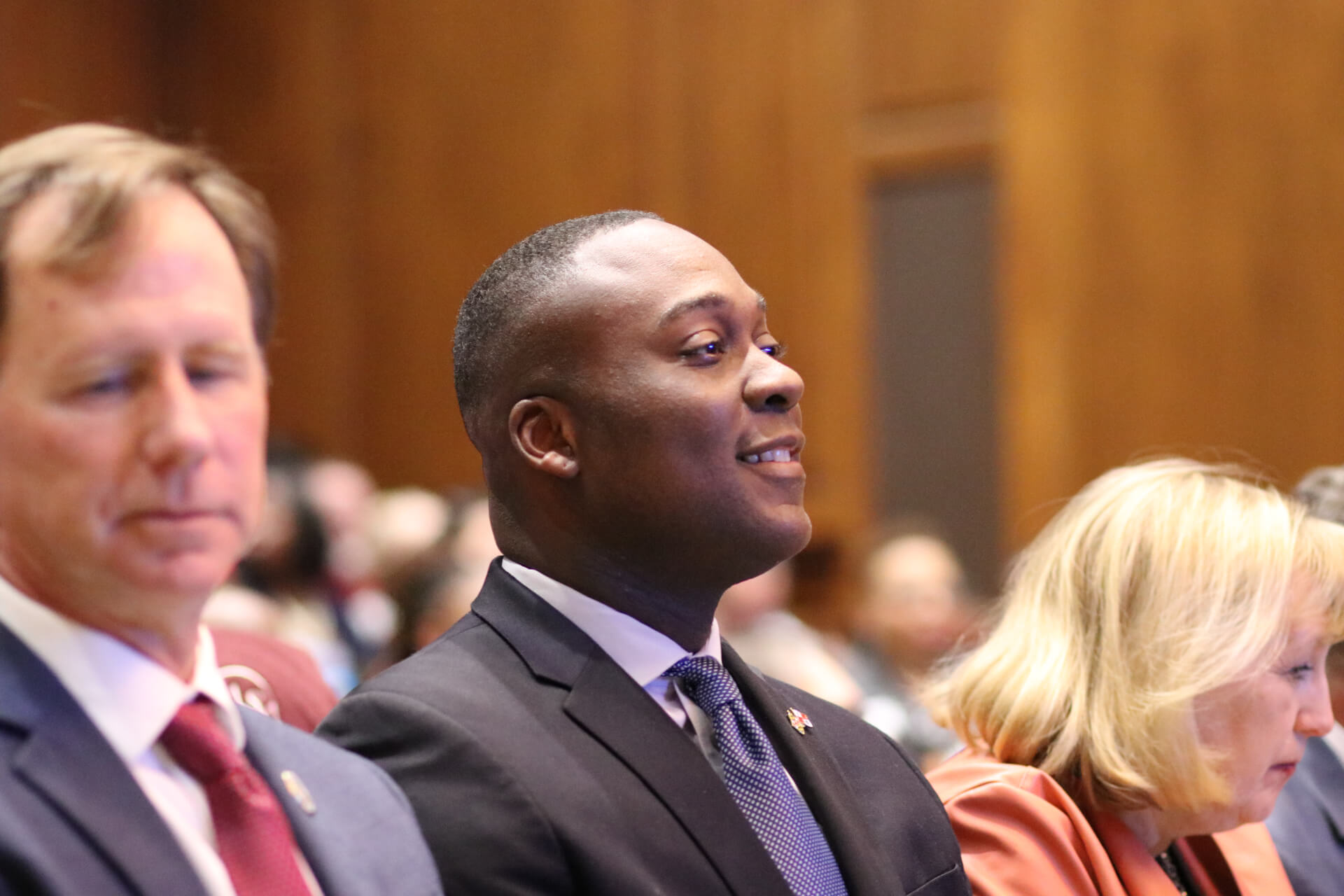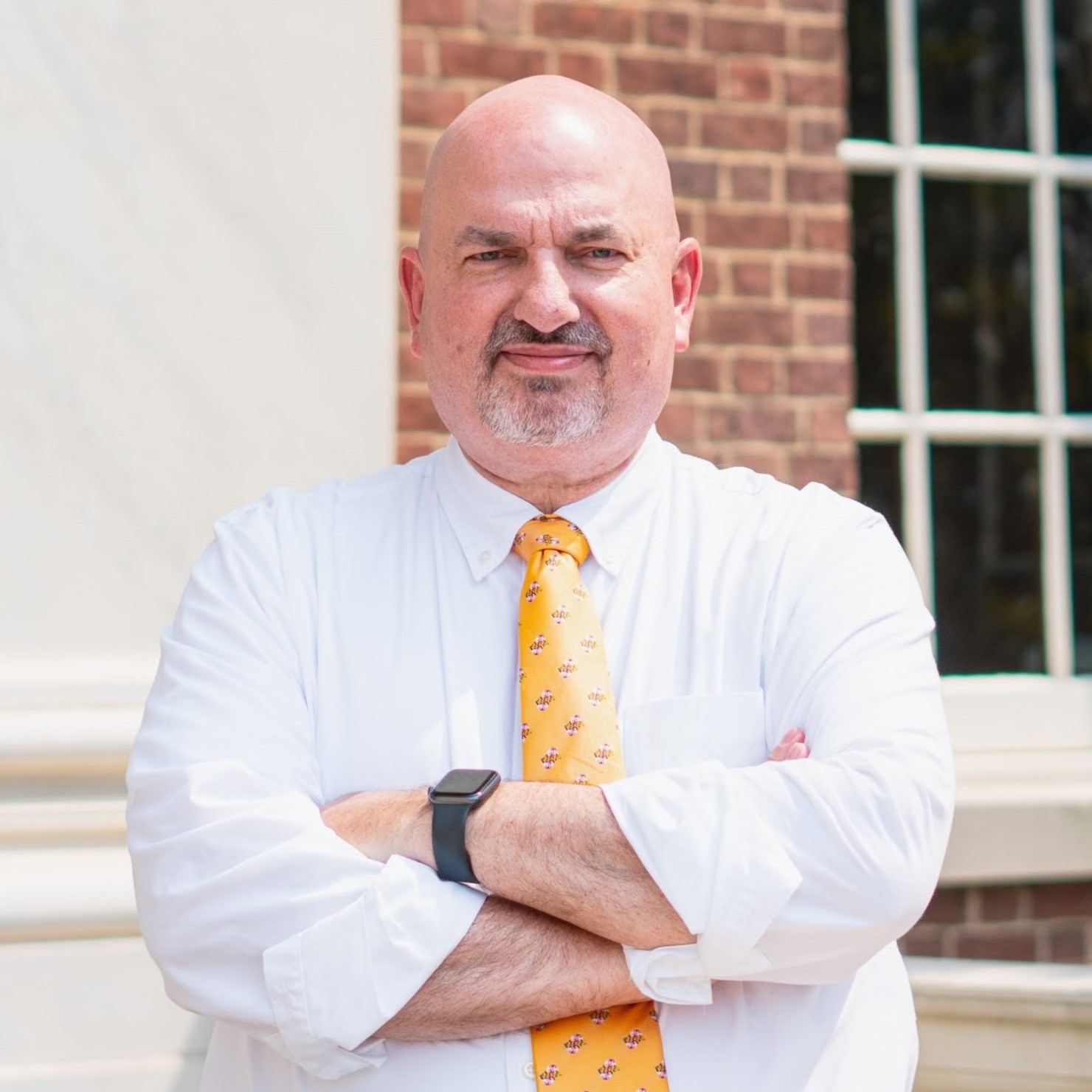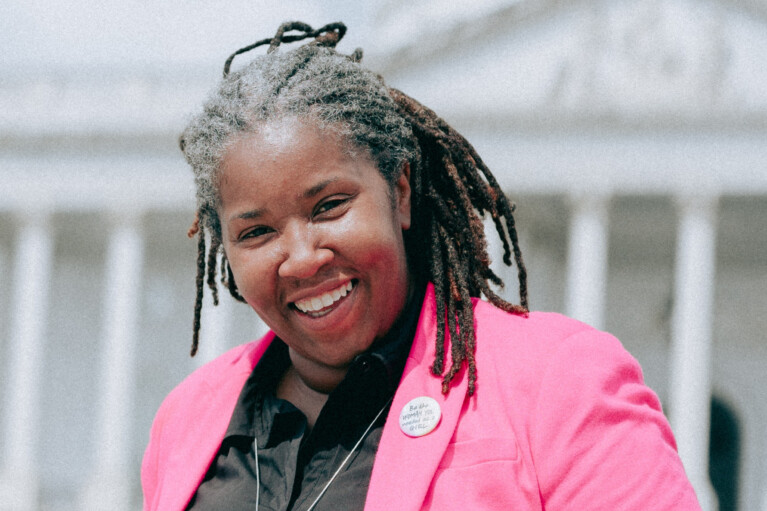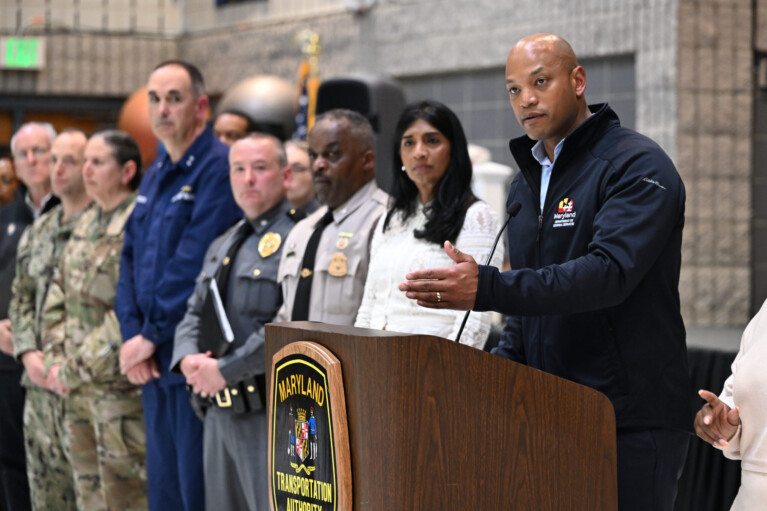Officials eye ‘new playbook’ to decide state funding for local transportation priorities

Growing strains on the state’s ability to pay for transportation projects across Maryland could result in changes to how local projects are prioritized.
The Maryland Department of Transportation lays out funding for projects around the state in a rolling six-year plan that is updated annually. A new commission tasked with reimagining how the state prioritizes and pays for projects could recommend changes to a system that is both familiar and not always transparent.
“One of the unique aspects of transportation, unlike many other things, is it takes long-term thinking and planning,” said Howard County Executive Calvin Ball (D). “It takes not just months, but years and decades to have a transportation infrastructure and so we need to be much more thoughtful, intentional and innovative and, I think, toss out the decades old playbook and write a new one.”
Ball is the Maryland Association of Counties representative on the 31-member Transportation Revenue and Infrastructure Needs Commission.
The panel, which held its first meeting last week, will look at both how the state pays for and prioritizes transportation projects.
Under the current system, local government leaders submit letters to the state highlighting transportation priorities and funding needs in their jurisdictions. Some letters are multi-page documents providing detail into projects. Others are little more than lists.
How projects are added to and move through the state’s plan is not always clear. Also not clear is to what degree those letters, or the annual public meetings between state transportation officials and county leaders, sometimes called “road shows,” have on the decision-making process.
“I don’t think people are particularly happy, maybe outside of the department, with how the CTP is put together now and how the dollars flow,” said House Environment and Transportation Chair Del. Marc Korman (D-Montgomery).
Korman, who is also a member of the commission, said the current process “is a lot of show right now.”
“The letters, again, they’re not standardized,” said Korman. “So, everyone does it a little bit differently. And there’s no sort of organized feedback from MDOT back to the counties about why something was or was not funded. There’s no kind of formal feedback loop on that to explain what’s going on here.”
Seven years ago, Democratic lawmakers attempted to impose a scoring system for transportation projects on Republican Gov. Larry Hogan.
The General Assembly passed legislation over Hogan’s objection and veto that imposed a scoring system. The intent, lawmakers said, was to add transparency to the process. Lower scoring projects could still be funded but the administration would have to explain why.
Hogan later branded the effort “the road kill bill” and later sent letters to local governments claiming the rankings eliminated funding for 66 of 73 local priorities.
A compromise the following year still required transportation officials to score projects. The rankings became more informational and provided as part of each iteration of the six-year transportation plan.
Earlier this year, legislators attempted to revisit the transportation scoring system. Korman said it’s not unreasonable for the commission to take up the issue as it meets over the next 18 months.
“I’m not naïve, I understand that everything has some elements of politics to it but there’s still more we can do to more clearly set criteria for things,” said Korman “One element of that could be some version of scoring. Other states do it. It wasn’t something that was invented in Maryland just to piss Larry Hogan off seven years ago. So, I think that will be part of the discussion. I don’t know quite where that will go.”
Ball and leaders of other large counties are watching the panel and looking for help to implement more localized transit systems.
“We’re having conversations around locally operated transit system funding and just trying to sort out the challenges,” said Baltimore County Executive Johnny Olszewski Jr. “When you have a formula that funds existing transit, it’s almost impossible to have funding to create new transit.”
Olszewski said he wants to duplicate the county’s free circulator that operates both a north to south and east to west line in Towson. A lack of federal funding has the county looking at the state for help.
“There’s no way we can replicate what we’ve done with the Towson loop without the state being at the table,” he said.
Montgomery County Executive Marc Elrich (D) longs to compete with neighboring Virginia. That would require investments in local transportation projects.
“We are going to have to invest a lot more in transit,” said Elrich. “The previous gubernatorial administration, I think, was almost exclusively focused on roads… Roads are very important, but transit has not gotten the sufficient investment or focus at the state level in the last eight to 10 years and so we’re going to have to ramp that up significantly.”
Transportation officials are expected to brief commissioners on a draft of the latest six-year Consolidated Transportation Plan next month.
That draft will highlight concerns about how requests are outstripping the state’s ability to provide aid, Assistant Transportation Secretary Joe McAndrew said during Thursday’s commission meeting.
“This will be a new approach. It is our understanding that we are not required to have a fully balanced CTP upon draft, but we do by final,” he said.
There is a funding gap in fiscal 2025 projected at roughly $100 million, according to Transportation Secretary Paul Wiedefeld.
“I think we want to, as a new administration, also engage the counties and the General Assembly, through the fall, to identify priorities that meet what we can fund,” said McAndrew. “And so, we’re going to do this in partnership with the folks in this room as well as our partners throughout the state.”




 Creative Commons Attribution
Creative Commons Attribution